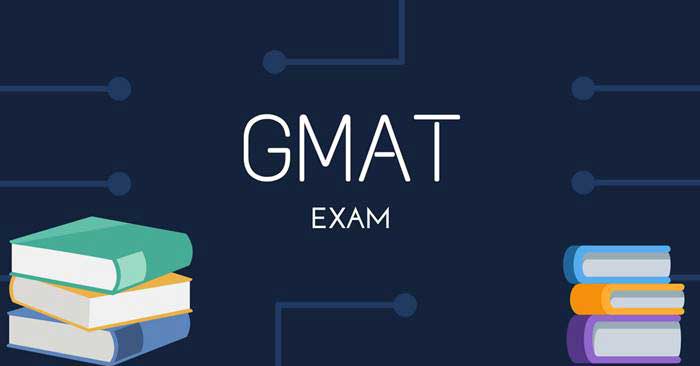
Graduate Management Admission Test is recognized as one of the utmost acceptable platforms for selecting students for MBA Programs. GMAT is conducted by GMAC for admittance to more than 5400 programs in various Business Schools around the world. GMAT is an adaptive computer test which tends to estimate one’s Critical Thinking, Analytical Writing Abilities, English Language Skills, and Problem Solving Abilities within its Verbal Reasoning and Quantitative Aptitude sections. The GMAT score is used as an admission prerequisite for graduates in management and business programs like MBA. GMAT exam is carried all through the year. The minimum academic qualification for applying for GMAT is a graduate degree from a recognized institution. candidate applying for GMAT Exam needs to be 18 years old. Applicants belonging to all nations of the world can apply for the assessment.
There is no restriction regarding the nationality of the applicant. In case, Candidate’s age vary between 13-17 years then he/she will have to provide written proof of the guardian’s consent in taking the GMAT Test.
For taking the GMAT test, you need to register yourself on the authorized GMAT website. Globally, the cost to take GMAT is US $250 or approximately INR 17,000. The GMAT Fee for rescheduling is US $50 or INR 3,400.
The GMAT Cancellation Fee is US $80 or INR 5,450. In case, the GMAT score is not satisfactory; Candidates can sit for GMAT up to five times across a period of 12 months, but no more than once in a month. You can schedule a re-test after 16 days from the date you appeared for the exam. GMAT is the standardized test for Business Academy. Like GRE, it consists of a Verbal and Quantitative section. Unlike GRE, the two segments are combined to give a composite score of 800. GMAT cannot be accepted in place of the GRE, so unless you are going to business school, do not take GMAT Exam.
STRUCTURE
GMAT is devised to predict how a candidate will perform academically in the course he pursues. It is a 3.5 hours exam. Test takers are given 3 hours 30 minutes to complete the exam. The GMAT pattern includes four sections namely Analytical Writing Assessment, Integrated Reasoning, Quantitative and Verbal Section.
The Analytical Writing Assessment (AWA) measures your capability to think critically and to articulate your ideas. Throughout the AWA, you are asked to explain the reasoning behind a given argument and write a critique of that argument. From Analytical Writing Assessment segment, there will be just 1 question, and test takers get 30 minutes to solve it. This segment is designed to judge test takers ability to analyze and predict reasons behind a given argument.
The Integrated Reasoning section scores your ability to evaluate information exhibited in multiple formats from multiple sources – skills you require to succeed in our technologically advanced, data-driven world. In Integrated Reasoning, 12 questions will be asked and 30 minutes will be given to solve it.
The Quantitative section measures your aptitude to analyze data and draw inferences using reasoning skills. From Quantitative section, 37 problems will be asked and 75 minutes will be given to solve this part. Problems in this are till class 12th standard. Hence the mathematics needed to comprehend and answer the questions in this segment of the GMAT exam is no higher than what is commonly taught in secondary school classes.
The last section is of Verbal, consisting of 41 questions that are to be attempted in 75 minutes. The GMAT exam showcases all of your abilities– not just math. The Verbal subdivision measures your knack to read and understand written material, to evaluate arguments, and to review written material to conform to standard written English.
